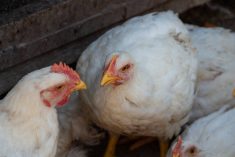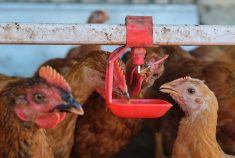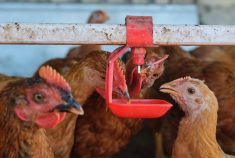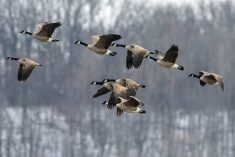Manila | Reuters — The Philippines will deploy hundreds of troops to hasten a cull of about 600,000 fowl, the farm minister said on Wednesday, as part of efforts to rein in the Southeast Asian nation’s first outbreak of bird flu.
There has been no case of human transmission after the flu was detected on a farm in the province of Pampanga, about 75 km north of the capital Manila, but it has spread to about 36 other farms and nearly 40,000 birds have died.
“I have asked the Philippine army to provide us with additional warm bodies to help us in depopulating the farms,” Agriculture Secretary Emmanuel Pinol told a news conference.
Read Also

U.S. grains: CBOT wheat sets fresh lows on supply pressure, Ukraine ceasefire talks
Chicago | Reuters – Chicago Board of Trade wheat futures extended losses for a third session on Tuesday, slumping to…
“Six hundred thousand is no mean job. Our personnel are facing a difficult task and we lack people.”
Pinol said the government had about 200 men in the area, but fewer than 20,000 birds had been culled since the outbreak was reported.
Brigadier-General Rodel Mairo Alarcon said at least 300 soldiers would be sent to the province on Thursday to assist in the cull of chicken, quail and ducks.
“The Philippines army and the Armed Forces of the Philippines is 100 per cent in support of this effort,” Alarcon said.
Soldiers will be given protective gear and doses of a drug, Tamiflu, to guard them against possible infection.
Two sick farm workers from the area have tested negative for the virus, health ministry spokesman Eric Tayag said.
Although the health ministry has yet to identify the specific strain of the virus that hit the Philippines, health and farm officials say initial tests have ruled out the highly pathogenic H5N1.
Samples are being sent to Australia for further testing to determine the presence of the N6 variety of the strain.
The Philippines is the latest country in Asia, Africa and Europe and Africa to suffer the spread of bird flu viruses in recent months. Many strains only infect birds, but the H7N9 strain has led to human cases, including deaths, in China.
— Reporting for Reuters by Roland Ng and Manuel Mogato.















